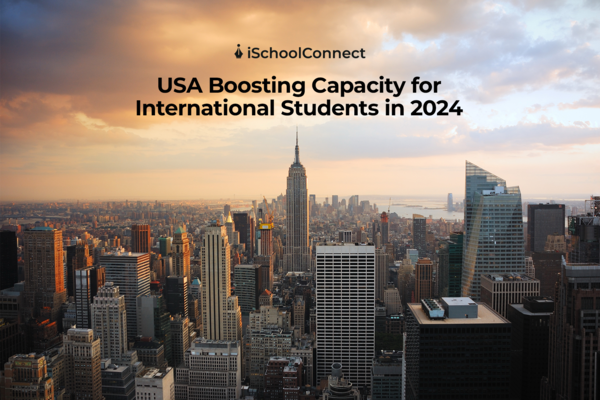Table of Contents
Overview of International Students Growth Potential in the USA
As the landscape of international higher education evolves, the USA stands poised to capitalize on burgeoning growth opportunities for international students. A recent report by the Institute of International Education (IIE) sheds light on key emerging markets and growth projections, underscoring the USA’s potential to thrive in an increasingly mobile student environment.
Key Findings
The report identifies ten “emerging international student markets to watch,” driven by demographic shifts and domestic higher education capacity constraints. These markets encompass countries across Africa, Asia, and Latin America, presenting promising avenues for student mobility.
Noteworthy markets include Ghana and Nigeria in Africa, along with Bangladesh, India, and Vietnam in Asia. Additionally, Brazil and Mexico in Latin America emerge as significant markets for outbound student mobility.
The report also highlights the growing presence of refugees and displaced students in higher education institutions in the USA, representing a valuable source of diverse talent.

USA’s Growth Targets
In the USA, there’s plenty of room to welcome more international students compared to other big countries. Right now, only six out of every hundred students in higher education come from abroad. The report says to grow this number in all kinds of colleges and universities. Some places with only a few international students could have three times as many by 2030. Others could double their numbers. There are also lots of institutions that haven’t thought about getting international students yet, but they could start. Institutional enthusiasm for global expansion is evident, with a vast majority expressing intentions to increase international student numbers in the coming years.
Growth Forecasts
Forecasts indicate robust growth rates of 8-10 percent annually, potentially resulting in two million international students in the USA by 2030. Steady growth rates of 5-10 percent or slower rates of 2-3 percent per annum would still yield significant increases in international student enrollments.
Ingredients for Success
Success hinges on the strategic prioritization of internationalization efforts at both institutional and governmental levels. Investments in student support services, accommodation, and advocacy for streamlined visa processes are essential to facilitate growth.
Institutions are encouraged to diversify recruitment efforts, offer financial support options, and enhance the overall attractiveness of the USA as a study destination.
Current Trends
Despite challenges posed by the COVID-19 pandemic, higher education institutions in the USA are witnessing a near-full recovery in international student enrollments. Anticipated record-level enrollments for the current academic year underscore the resilience of the sector.
Notable trends include heightened interest from key source markets such as Bangladesh, Colombia, Ghana, India, Italy, Nepal, Pakistan, and Spain, with several countries experiencing all-time high enrollments.






